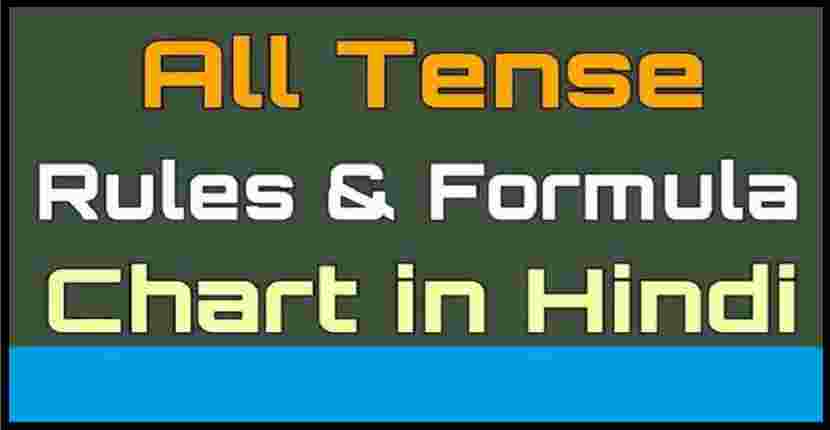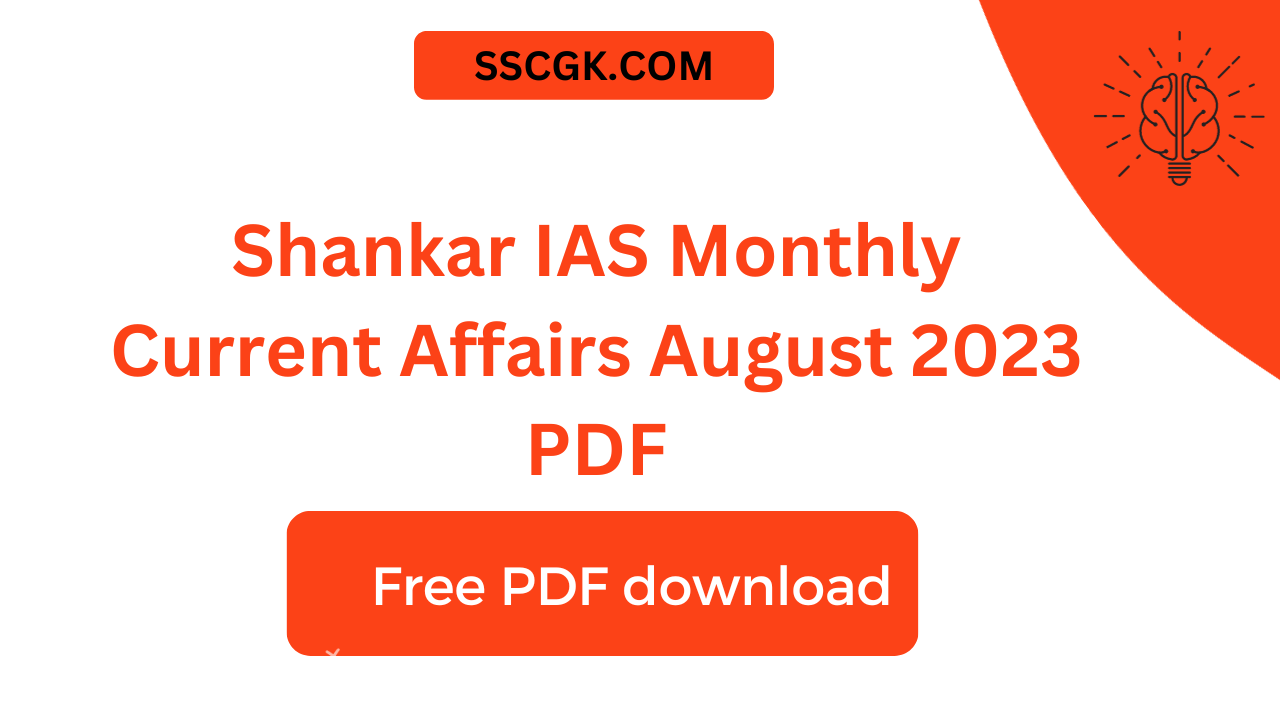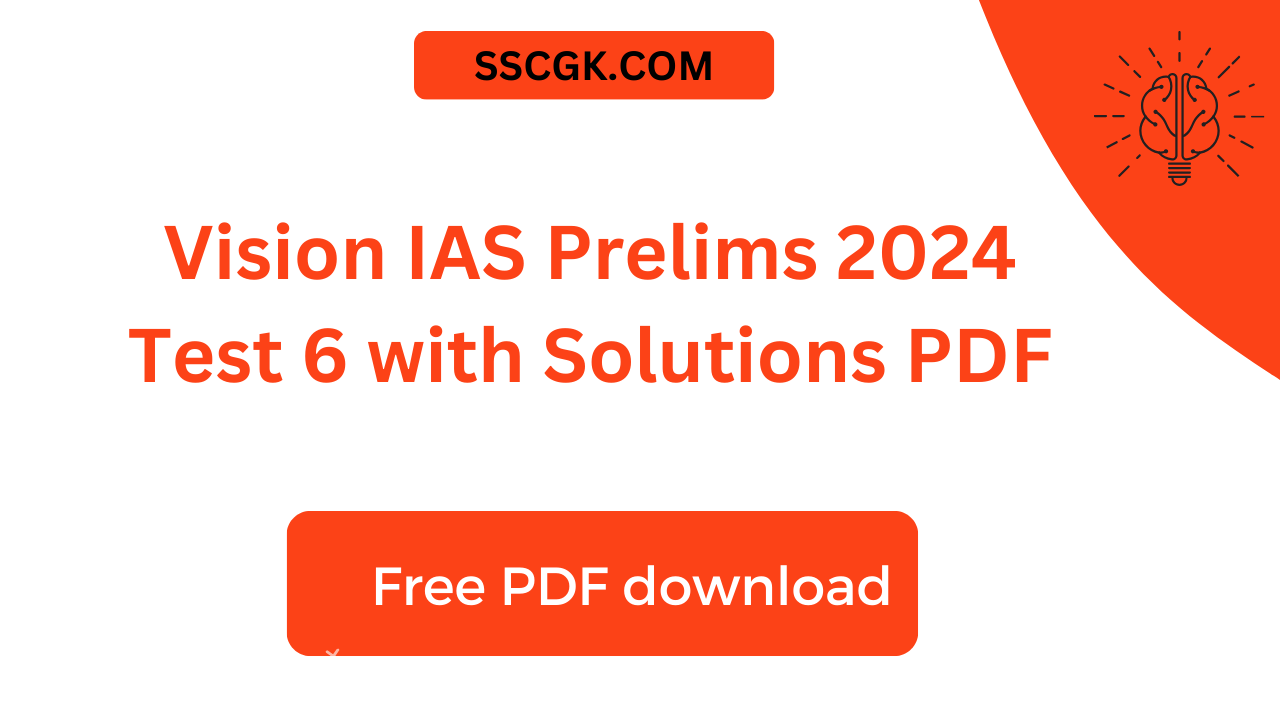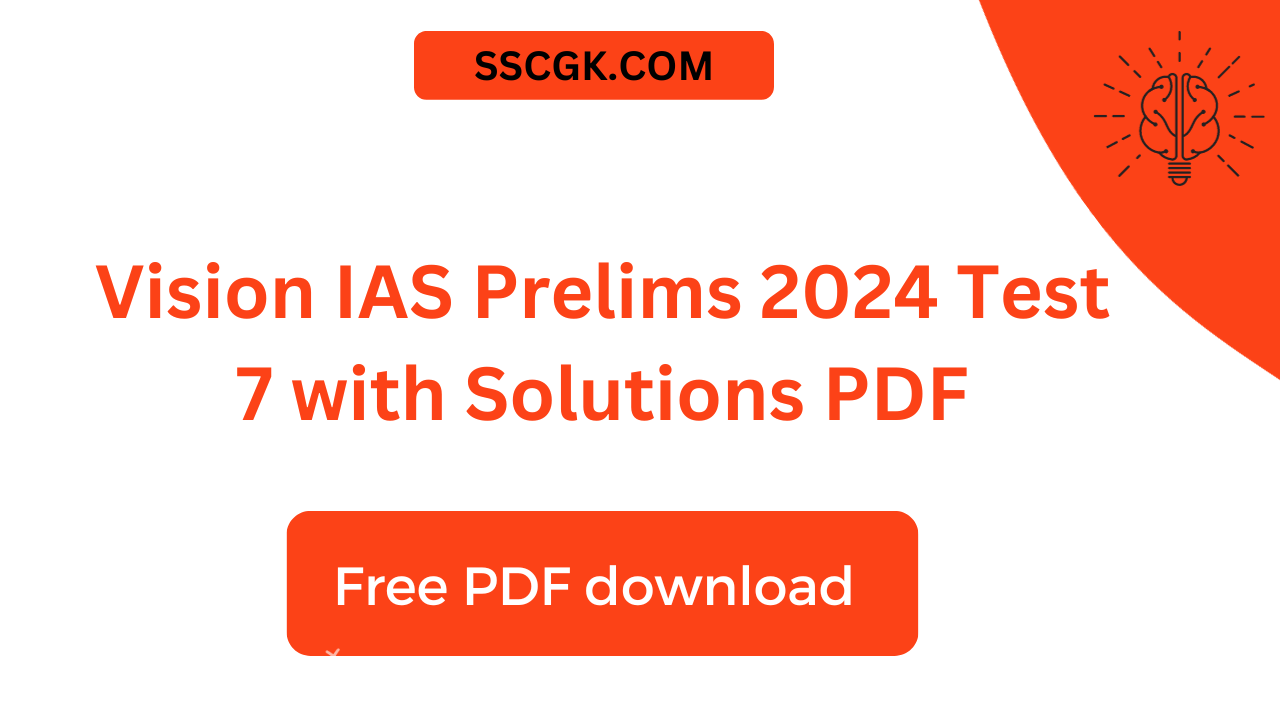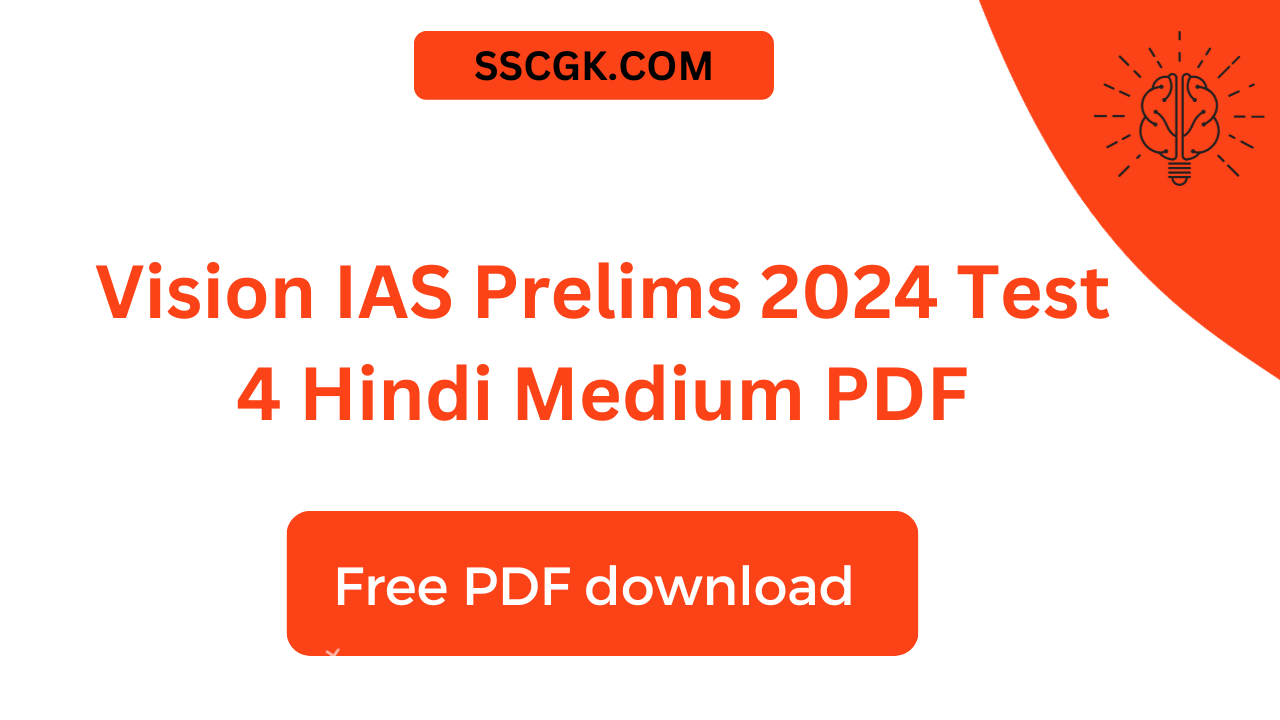Tense Chart in Hindi With Rules and Examples
Tense Chart in Hindi With Rules and Examples
Tense Chart in Hindi – अगर आप अंग्रेजी (English) भाषा को लिखना या अच्छी तरह से समझना चाहते है तो आपको टेंस (Tense) का ज्ञान होना बहुत ही ज्यादा जरूरी है क्युकी बिना टेंस के ज्ञान के ना तो आप सही से हिंदी को इंग्लिश में ट्रांसलेट कर सकते है और ना ही सही-सही इंग्लिश लिख सकते हैं।
अंग्रेजी भाषा का मुख्य आधार टेंस ही हैं किसी भी वाक्य (Sentence) को इंग्लिश में ट्रांसलेट करने के लिए हमें टेंस के नियमों (Rules) की जरूरत पड़ती ही है।
अगर आप टेन्स को अच्छी तरह से पढ़ लेंगे या समझ लेंगे तो अंग्रेजी भाषा आपके लिए बहुत आसान हो जायेगा। आप इंग्लिश विषय को अपने लिए आसान बनाना चाहते है तो ध्यानपूर्वक इस पोस्ट को पढ़े।
इस पोस्ट में हम Tense (टेंस) के बारे में पूरी डिटेल्स के साथ पढ़ेंगे जैसे की Tense kya hai, Types of Tenses (टेंस के प्रकार), सभी Tenses का परिभाषा (definition) और उसके Rules, Examples इत्यादि।
टेन्स चार्ट इन हिंदी विद रूल्स एंड एग्जाम्प्ल्स-
क्या आप जानते है? इंग्लिश भाषा के tenses पढ़ने से पहले आपको Verbs की तीनो form आना बहुत जरुरी है. अगर आपको verb की form नहीं जानते , तो verbs list यह पोस्ट पढ़ लीजिये. क्योंकि इसमे 400+verbs दिए है. वो भी V1,V2,V3 के फॉर्म और हिंदी मीनिंग के साथ.
क्या आप जानते है? इंग्लिश भाषा के tenses पढ़ने से पहले आपको Verbs की तीनो form आना बहुत जरुरी है. अगर आपको verb की form नहीं जानते , तो verbs list यह पोस्ट पढ़ लीजिये. क्योंकि इसमे 400+verbs दिए है. वो भी V1,V2,V3 के फॉर्म और हिंदी मीनिंग के साथ.
Note:- tense chart में निचे के शब्द का उपयोग किया है. उसका अर्थ
- Positive :- सकारत्मक वाक्य बनाने के लिए structure
- Negative :- नकारत्मक वाक्य बनाने के लिए structure
- Q-I :- ( question type- 1) जिसका जवाब हाँ और ना में हो ऐसे सवाल बनाने के लिए ..
- Q-II :- ( question type- 1) जिसका जवाब reason में देना पड़ना है. ऐसे सवाल बनाने के लिए .
Tense Chart In Hindi
Tense Chart in Hindi With Rules and Examples
Tense Formula
1) Simple present tense
(होता है/नहीं होता है)
Positive: S+ V1(s,es) + O
Negative: S + do/does + Not + V1+ O
Q-I: Do/does + S + V1 + O +?
Q-II: Wh+ Do/does + S + V1 + O +?
2) Present Continuous Tense
(हो रहा है/ नहीं हो रहा है)
Positive: S+ am/is/are+ (v+ing) + O
Negative: S+ am/is/are + not + (v+ing) + O
Q-I: Am/is/are/+ S + (v+ing) +O+?
Q-II:- Wh + Am/is/are/+S+(v+ing)+O+?
3) Present Perfect Tense
(हो चूका है/नहीं हो चूका है)
Positive:- S+ have/has + V3 +O
Negative:- S+ have/has + not + V3 +O
Q-I: Have/has + S + V3 + O +?
Q-II: Wh + Have/has + S + V3 + O +?
Tense Chart in Hindi With Rules and Examples
4) Present Perfect Continuous Tense
(वर्तमान में दो समय के बिच हो रहा था/नहीं हो रहा था)
Positive:- S + have/has + been +(V+ing) + O
Negative:- S+ have/has + not + been +(V+ing) + O
Q-I: Have/has + S + been +(V+ing) + O +?
Q-II: Wh + Have/has + S + been +(V+ing) + O +? =
5) Simple past tense
(हुआ/नहीं हुआ) Positive: S + V2 + O
Negative: S + did + Not + V1 + O
Q-I: Did + S + V1 + O +?
Q-II: W + did + S + V1 + O +?
6) Past Continuous Tense
(हो रहा था/नहीं हो रहा था) Positive: S + was/were + (v+ing) + O
Negative: S + was/were + not +(v+ing) + O
Q-I: Was/were + S + (v+ing) + O +?
Q-II: W+ was/were + S + (v+ing) + O +?
7) Past Perfect Tense
(हो चूका था/नही हो चुका था) Positive:- S + had + V3 + O
Negative:- S + had + not + V3 + O
Q-I: had + S + V3 + O +?
Q-II: Wh + had + S + V3 + O +?
8) Past Perfect Continuous Tense
(भुतकाल में दो समय के बिच हो रहा था/ नहीं हो रहा था) Positive:- S + had + been + (V+ing) + O
Negative:- S + had + not + been +(V+ing) + O
Q-I: had + S + been + (V+ing) + O +?
Q-II: W + had + S + been+(V+ing) + O +?
9) Simple Future Tense
(होगा/नहीं होगा) Positive: S + shall/will + V + O
Negative: S + shall/will + Not + V1 +O
Q-I: shall/will +S + V1+ O +?
Q-II: WH +shall/will + S + V1 + O +?
10) Future Continuous tense
(हो रहा होगा/नहीं हो रहा होगा) Positive: S + shall/will + be+(v+ing) + O
Negative: S + shall/will + not+be (v+ing) + O
Q-I: shall/will + S + be + (v+ing) + O +?
Q-II:- W + shall/will + S + be +(v+ing) + O +?
11) Future Perfect Tense
(हो चूका होगा/नहीं हो चूका होगा) Positive:- S + shall/will + have + V3 + O
Negative:- S + shall/will + not + have + V3 + O
Q-I: shall/will + S + have + V3 + O +?
Q-II: Wh + shall/will + S + have + V3 + O +?
Tense Chart in Hindi With Rules and Examples
12) Future Perfect Continuous Tense
(भविष्य में दो समय के बिच हो रहा होगा/ नहीं हो रहा होगा) Positive:- S + shall/will + have been +(V+ing) + O
Negative:- S + shall/will + not + have been + (V+ing) + O
Q-I: shall/will + S + have been +(V+ing) + O +?
Q-II: W + shall/will + S + have been+(V+ing) + O +?
Tense chart with examples
Tenses Examples With Rules
- Present Tense – वर्तमान काल
Read in details:
Simple present Tense
Present continuous Tense
Present perfect tense
- Simple Present Tense
Rules:-
सिंपल प्रेजेंट टेंस में first person का sentence बनाते वक्त verb में कोई बदलाव नहीं होगा. लेकिन, जब subject third-person singular होगा. तब verb में (s, es) लगेगा. ex:-(1)first person- I eat a mango. (2) third person- Ram eats a mango.
simple present में first person यानि (I/we),इन subject के लिये, Do use होता है.
Third person singular (he/she/it/S.N./Ram) इनके लिये Does use होता है.
Plural person(they, boys) के लिए भी Do ही इस्तेमाल किया जाएगा.
Simple Preset Tense में third-person singular के लिए verb के साथ (s, es) लगता है. परन्तु जब वाक्य में does आता है. तब यह रूल लागु नहीं होता. ex – He does not drive a car.
Examples:-
positive:-
I read a book- मै किताब पढ़ता हूँ.
Ram reads a book – राम किताब पढ़ता है.
Negative:-
I do not read a book. – मै किताब नहीं पढता हूँ.
Ram does not read a book. – राम किताब नहीं पढता है.
Interrogative:-
Do I write a letter? – क्या में पत्र लिखता हूँ?
Does ram write a letter? – क्या राम पत्र लिखता है?
Who writes a letter? – पत्र कोण लिखता है?
Tense Chart in Hindi With Rules and Examples
- Present Continuous Tense
Rules:-
(I) के साथ am आएगा.
Second person(You) , plural person(we, they, boys) के साथ are आयेगा.
Third person singular he/she/it के साथ is लगेगा.
Verb के साथ हमेशा ing apply होगा. (Ex: going, reading)
Examples:-
Positive-
He is playing cricket. – वह क्रिकेट खेल रहा है.
We are watching a TV. – हम टीवी देख रहे है.
Negative:-
He is not playing cricket. – वह क्रिकेट नहीं खेल रहा है.
We are not watching TV. – हम टीवी नहीं देख रहे है.
Interrogative:-
Is he driving a car? – क्या वह कार चला रहा है?
Who is driving a car?- कार कोण चला रहा है?
- Perfect Present Tense
Rules:-
I, you, plural person(we, they, boys) के साथ have का प्रयोग करना है.
Third person singular(He/she/it/Ram) के साथ has प्रयोग होगा.
वाक्य में हमेशा verb की third form use होगीं.
Examples:-
Positive:-I have broken his scale. – मैंने उसकी स्केल तोड दी है.
Ram has gone to school. – राम स्कुल जा चूका है.
Negative:-
He has not sung a song. – उसने गाना नहीं गाया है.
I have not come to Pune. – मै पुणे नहीं आया हूँ.
Interrogative:-
Has he sold his phone? – क्या उसने उसका फोन बेच दिया है?
How have they done this? – उन्होंने इसे कैसे किया है?
Tense Chart in Hindi With Rules and Examples
- Present Perfect Continuous Tense
Rules:-
I, You, plural person(we, they, boys) के साथ have been का प्रयोग करना है.
Third person singular(He/she/it/Ram) के साथ has been प्रयोग होगा.
वाक्य में हमेशा verb के साथ ing use होगा.
Examples:-
Positive:-
I have been playing cricket since 6 in the morning. – में सुबह छह बजेसे क्रिकेट खेल रहा हूँ.
Jay has been reading this newspaper for one hour. – जय इस अख़बार को एक घंटे से पढ़ रहा है.
Negative:-
She has not been coming for two days.- वह दो दिनों से नहीं आ रही है.
I have not been watching TV for 3 months. – में तिन महीनो से टीवी नहीं देख रहा हूँ.
Interrogative:-
Has he been completing his work in an hour? – क्या वह अपना काम एक घंटे में करेगा?
Who has been waiting for you since the evening? – तुम्हारा शाम से कौन इन्तजार कर रहा है?
2) Past Tense – भुतकाल
Full tutorial:
Simple Past tense
Past continuous tense
Past perfect tense
- Simple past tense examples
Rule:-
वाक्य में verb की हमेशा second form use होगी.
Negative यानी नकारात्मक वाक्य बनाने के लिये subject के बाद did not यह helping verb use होगा.
Examples:-
Positive:-
I wrote a letter. – मैंने पत्र लिखा.
He woke up at 6 O’ clock. – वह छह बजे उठा.
Negative:-
I did not write a letter – मैंने पत्र नहीं लिखा.
He did not wake at 6 O’ clock. – वह छह बजे नहीं उठा.
Interrogative:-
Did he read a book? – क्या उसने किताब पढ़ी?
Why did you not come with me? – तुम मेरे साथ क्यों नहीं आये?
Tense Chart in Hindi With Rules and Examples
- Past Continuous Tense
Rules:-
First person singular (I) Third person singular he/she/it/Ram के साथ was आएगा.
Second person(You) , plural name/item के साथ were आयेगा.
Verb के साथ हमेशा ing apply होगा. (Ex: going, reading)
Examples:-
Positive:-
I was playing cricket. – में क्रिकेट खेल रहा था.
He was coming with me.- वह मेरे साथ आ रहा था.
Negative:-
I was not playing football.- में फुटबॉल नहीं खेल रहा था.
He was not coming with ram.- वह राम के साथ नहीं आ रहा था.
Interrogative:-
Was I playing basketball?- क्या में बास्केटबॉल खेल रहा था?
How were you doing this?- तुमने यह कैसे किया?
- Past Perfect Tense
Rules:-
All person के साथ helping verb के रूप में had आयेगा.
वाक्य में हमेशा verb की third form use होगीं.
Examples:-
Positive:-
Ram had come to Goa. – राम गोवा आया था.
We had written this book. – हमने यह किताब लिखी थी.
Negative:-
Ram had not come to Goa. – राम गोवा नहीं आया था.
We had not written this book. – हमने यह किताब नहीं लिखी थी.
Interrogative:-
Had you sold your bike? – क्या तुमने अपनी बाइक बेच दी थी?
How had you paid for this smartphone? – तुमने इस स्मार्टफोन के लिये कितने पैसे दिए थे?
Tense Chart in Hindi With Rules and Examples
- Past Perfect Continuous Tense
Rules:-
All person के साथ helping verb के रूप में had been आयेगा.
वाक्य में verb के साथ ing आयेगा.
Examples:-
Positive:-
Jay had been playing with his friends since morning.- जय सुबह से अपने दोस्तों के साथ खेल रहा था.
They had been waiting for me for five hours.- वे मेरा पाँच घंटे से इन्तजार कर रहे थे.
Negative:-
He had not been reading for two days. – वह दो दिन से पढ़ नहीं रहा था.
Sham had not been coming to school for two years. – शाम दो सालो से school नहीं आ रहा था.
Interrogative:-
Had he been doing his work for three hours? – क्या वह तीन घंटे से अपना काम कर रहा था?
Why had the boys been running for an hour? – बच्चे एक घंटे से क्यों दौड़ रहे थे?
3.Future Tense – भविष्यकाल
Full article
Simple Future tense
future continuous tense
Future perfect tense
- Simple Future Tense
Rules:-
वाक्य में helping verb के रूप में shall और will प्रयोग होता है.
First person (I, we) के साथ shall का इस्तेमाल करना है.
Second person(you) third person singular और plural के साथ will का use करना है.
Advance English में first person (I, we) के साथ will का इस्तेमाल कर सकते है.
Examples:-
Positive:-
I shall write a letter. – मैं एक पत्र लिखूँगा.
We shall go to school tomorrow. – हम कल स्कूल जायेंगे.
Negative:-
I shall not go to school tomorrow. – में कल स्कूल नहीं जाऊंगा.
You will not eat mango.- तुम आम नहीं खाओगे.
Interrogative:-
Will they eat mangoes? – क्या वे आम खायेंगे?
How many mangoes will he buy? वह कितने आम खरीदेगा?
Tense Chart in Hindi With Rules and Examples
- Future Continuous Tense
Rules:-
First person (I, We), के साथ shall be आएगा. परंतु I और we के साथ will be लगाते हो. तो भी सही है.
Second person(You) ,Third person singular he/she/it/Ram, plural name/item के साथ will be आयेगा.
Verb के साथ हमेशा ing apply होगा. (Ex: going, reading)
Examples:-
Positive:-
I shall be reading my book. – मैं अपनी किताब पढ़ रहा हूँगा.
They will be playing football. – वे फुटबॉल खेल रहे होंगे.
Negative:-
We shall not be throwing a ball.- हम गेंद नहीं फेंक रहे होंगे.
She will not be playing with her friend. -वह अपनी साहिलियो के साथ नहीं खेल रही होगी.
Interrogative:-
Will he be going to the market? – क्या वह बाज़ार जा रहा होगा?
Where will your father be going tomorrow? तुम्हारे पिताजी कल कहाँ जा रहे होंगे?
- Future Perfect Tense
Rules:-
First person (I, we) के साथ shall have का प्रयोग होगा. बाकि सभी persons के लिये will have का प्रयोग होगा.
वैसे modern English में अगर हम I और we के साथ भी will have का इस्तेमाल करते है. तो यह भी सही है.
Tense Chart in Hindi With Rules and Examples
वाक्य में हमेशा verb की third form use होगीं.
Examples:-
Positive:-
I shall have read my book before night. – में रात होने से पहले यह पुस्तक पढ़ चूका होगा.
They will have played the match before the sun sets. – सूरज छिपने से पहले वे मैच खेल चुके होंगे.
Negative:-
The child will not have drunk milk before he sleeps. – सोने से पहले बच्चे ने दूध नहीं पिया होगा.
I shall not have finished my work before the teacher comes. -टीचर के आने से पहले मैंने अपना काम समाप्त नहीं किया होगा
Interrogative:-
Will the boys have played the match before it is seven?- क्या सात बजने से पहले लड़के मैच खेल चुके होंगे?
Where will he have gone before it rains? – वर्षा होने से पहले वह कहाँ जा चुका होगा?
4.Future Perfect Continuous Tense
Rules:-
First person (I, we) के साथ shall be आएगा. परंतु will be लगाते हो. तो भी सही है.
सभी persons के लिए will be लगा सकते है.
Verb के साथ हमेशा ing apply होगा. (Ex: going, reading)
Examples:-
Positive:-
They will have been playing for two hours. – वे दो घंटे तक खेलते रहेंगे.
We shall have been working for two months. -हम दो महीनो से काम कर रहे होंगे.
Negative:-
He will not have been reading for two days. – वह दो दिनसे पढ़ नहीं रहा होगा.
I shall not have been suffering from fever since Monday. – मुझे सोमवार से बुख़ार नहीं आ रहा होगा.
Interrogative:-
Shall we have been waiting for him since morning? – क्या हम उसका इन्तजार सुबह से करते रहेंगे?
Will you not have been reading for two days? – क्या तुम दो दिन से नहीं पढ़ रहे होगे?
Tense Chart Download By English
Tense Chart in Hindi With Rules and Examples
Conclusion –तो चलिए दोस्तों, इंग्लिश भाषा का महत्व जानकर, में आज आपके लिये, लेकर आया हूँ. Tense chart में उम्मीद करता हूँ, की आपको टेंस चार्ट काफी अच्छा लगा हो. इस chart का ठीक से पढ़न करके, अपने इंग्लिश भाषा में सुधार ला सकते है.मुझे कमेंट करके जरुर बताईये आपको यह tense chart कैसा लगा?
Note: इसके साथ ही अगर आपको हमारी Website पर किसी भी पत्रिका को Download करने या Read करने या किसी अन्य प्रकार की समस्या आती है तो आप हमें Comment Box में जरूर बताएं हम जल्द से जल्द उस समस्या का समाधान करके आपको बेहतर Result Provide करने का प्रयत्न करेंगे धन्यवाद।
In the earlier post you have read about the the Win Ias Indian Geography ( भारत का भूगोल ) Handwritten Notes PDF Hindi for UPSC and PCS in detail.
